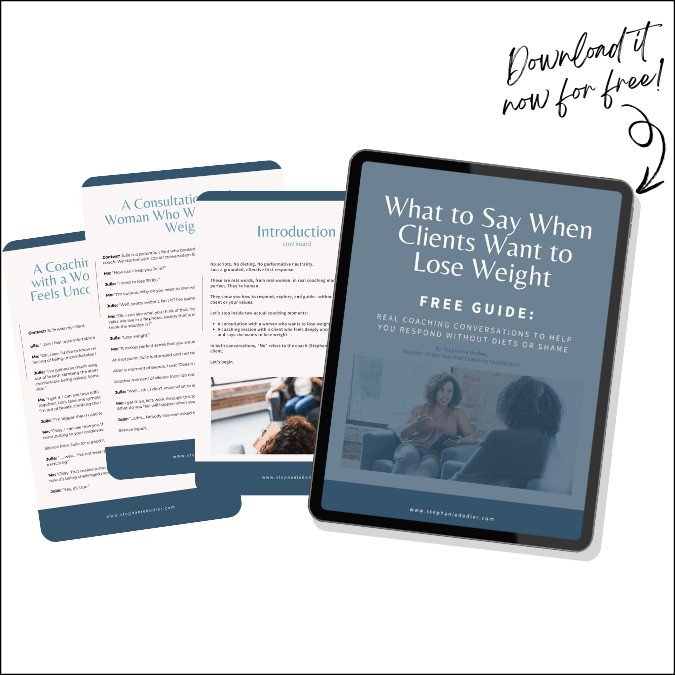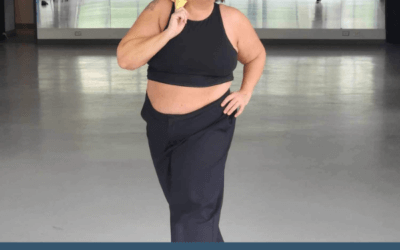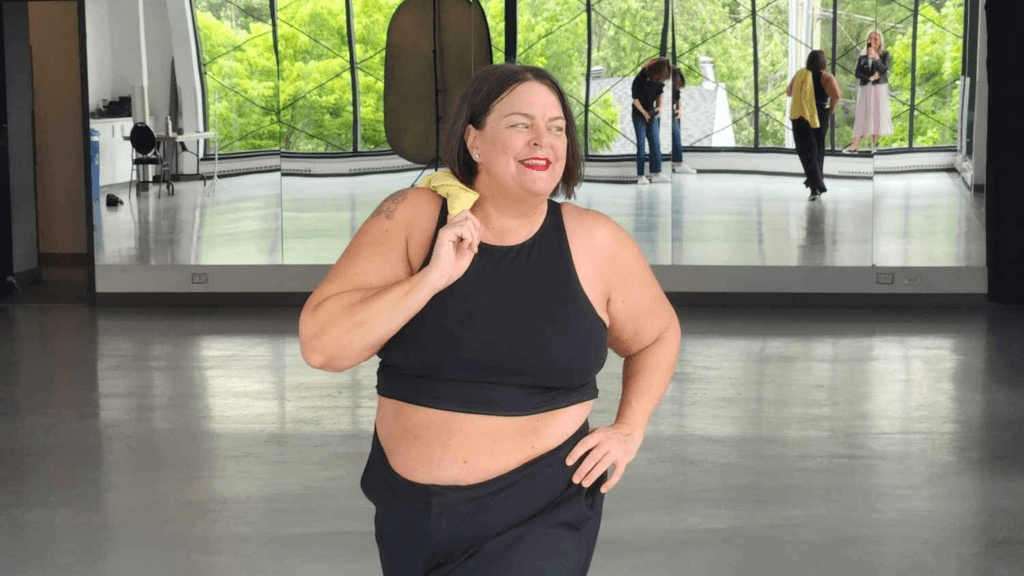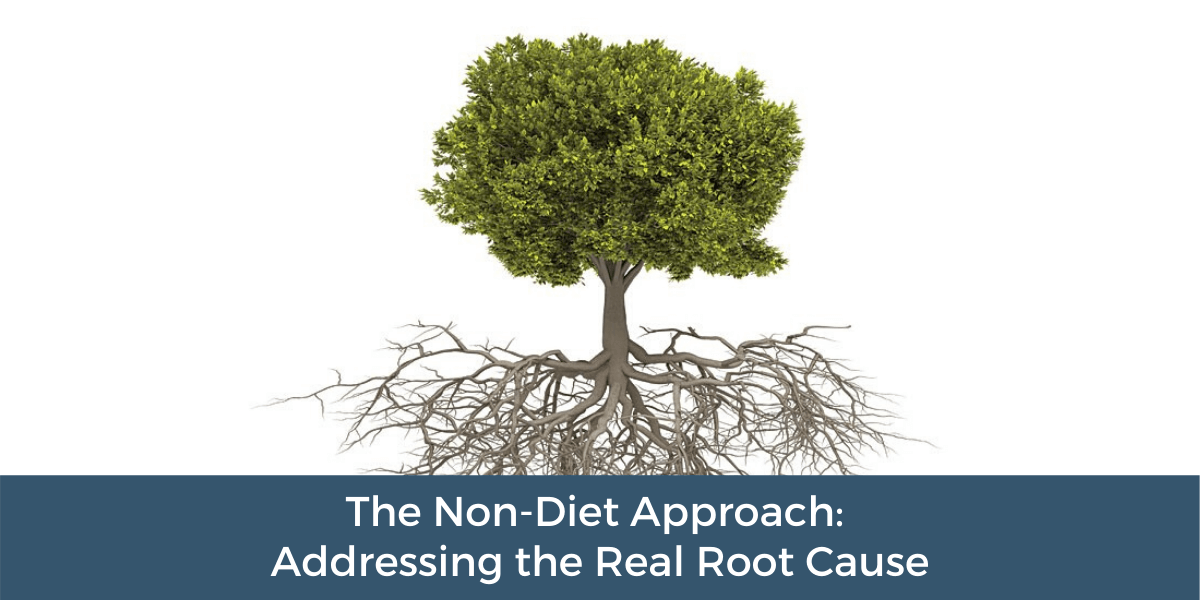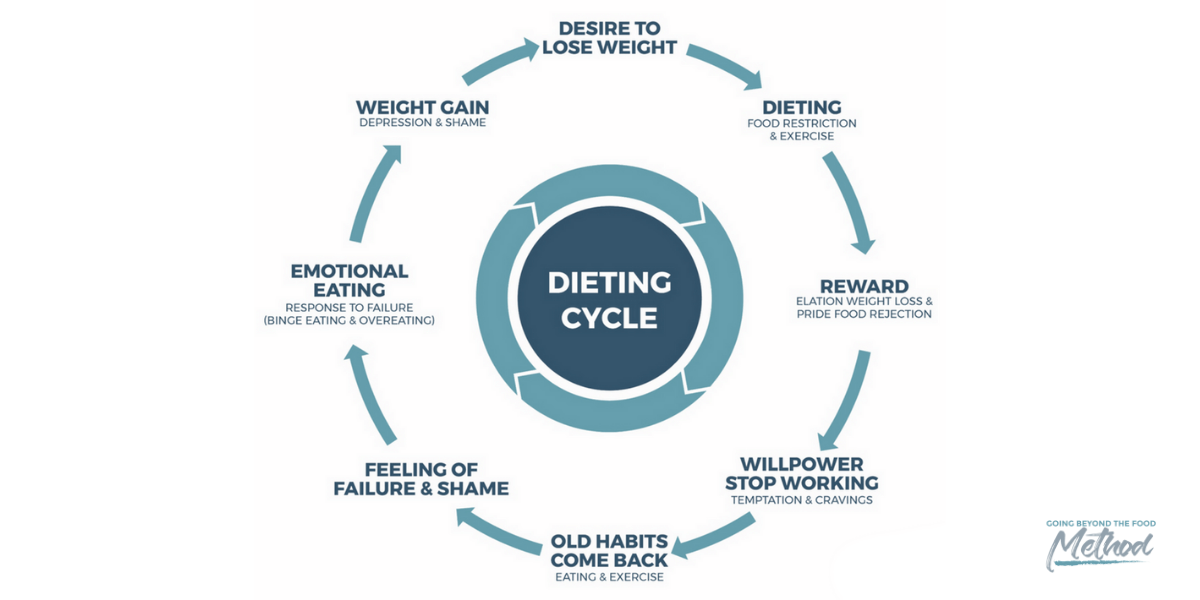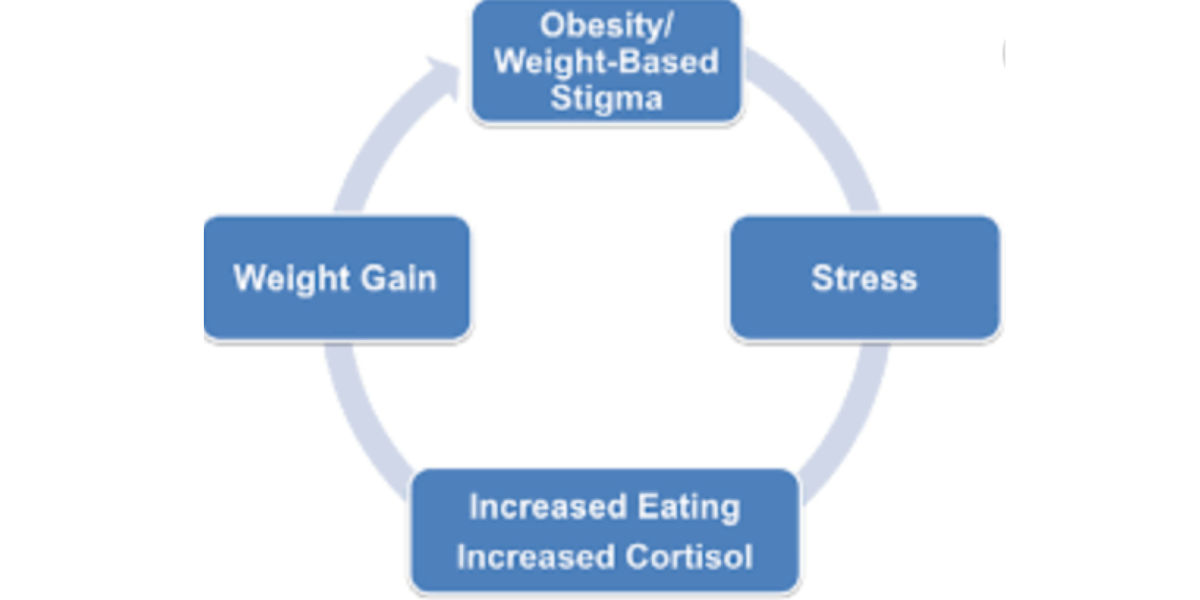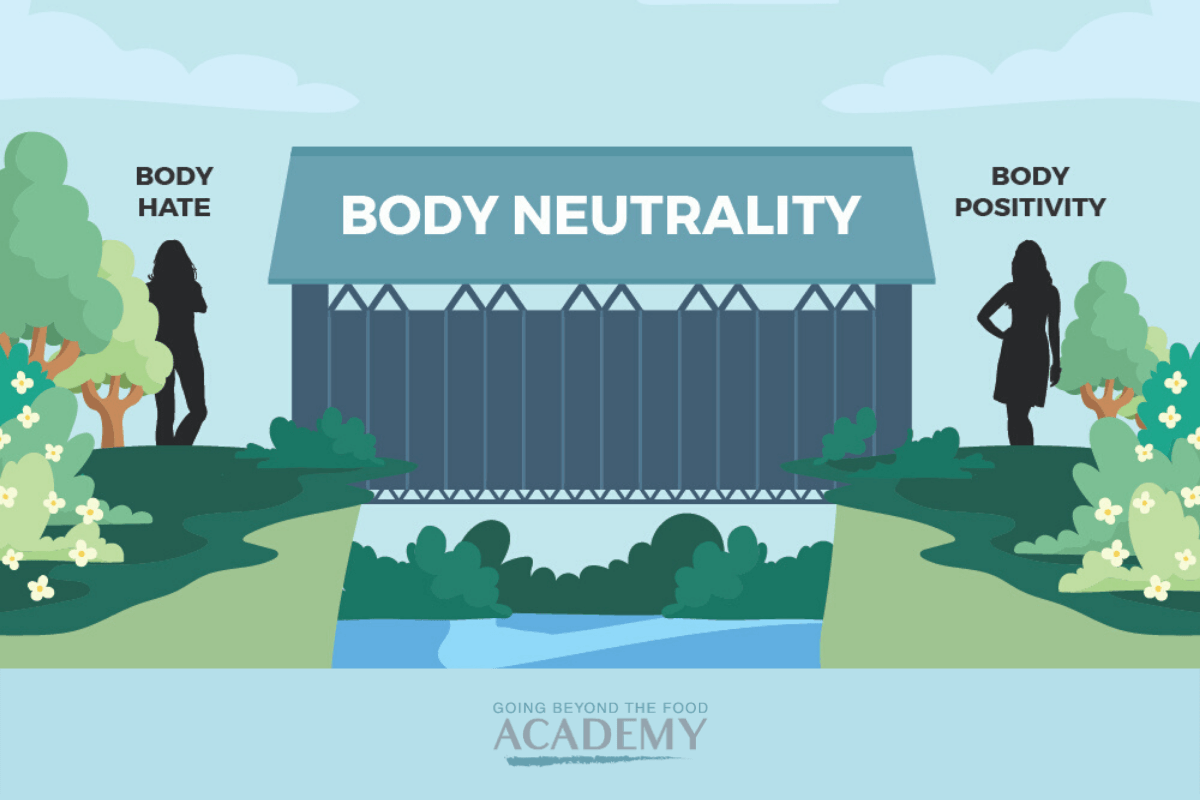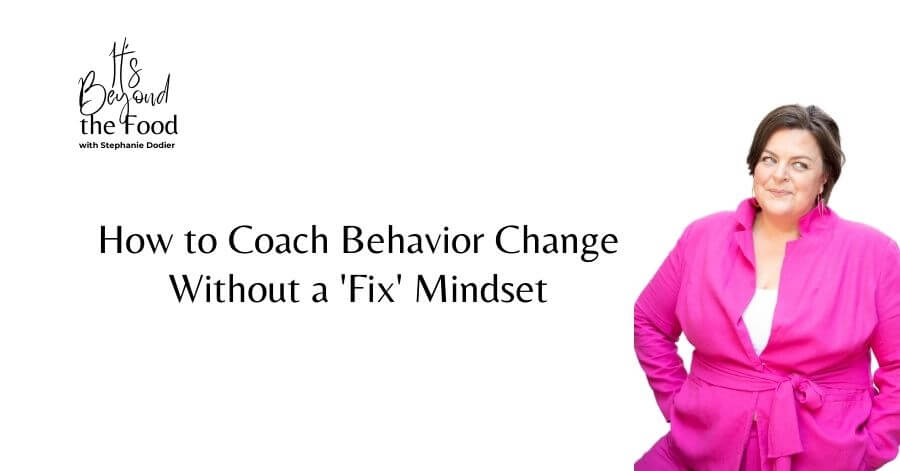

Health coaches and non-diet professionals, let’s have a real talk. If you’ve ever caught yourself jumping straight into “fixing” mode the minute a client brings up an eating or movement habit they want to change, you’re not alone. This impulse is deeply wired into how we’ve been trained—especially those of us coming from traditional health, nutrition, or fitness programs.
But here’s the kicker: trying to fix behavior without first understanding it doesn’t lead to long-term change. It leads to shame, overwhelm, and a lot of ghosted coaching sessions. Let’s unpack why that is—and how to shift into an approach that centers agency, emotional safety, and sustainable transformation.
The Problem with the “Fix It” Mindset
Most health professionals were taught a version of behavior change that goes something like this:
- Identify the “bad” habit.
- Provide intellectual reasons to change it.
- Suggest solutions (meal plans, exercise routines, tips).
- Expect compliance.
This model might look productive at first. But it often leads to clients feeling overwhelmed, ashamed, or like they’re constantly failing. Why? Because behavior isn’t just about logic—it’s about emotion, thought patterns, and nervous system regulation.
Jumping straight to “solutions” bypasses the very root of the issue. It reinforces a health narrative based in healthism, perfectionism, and control.
A New Approach: Cognitive-Behavioral Coaching
Instead of fixing, let’s focus on understanding. Inside the Non-Diet Coaching Certification, we teach a trauma-informed, cognitive-behavioral model rooted in weight-neutral, anti-oppressive principles. The goal? Sustainable health behavior change that respects autonomy and lived experience.
Our 4-Step Coaching Process:
1. Understand How Behavior Is Created
Behavior is not random. It’s a byproduct of how we think and feel about a situation.
For example, emotional eating isn’t a failure of willpower. It’s often a nervous system strategy to cope with shame, stress, or unmet needs.
Want to learn more? Here’s how to create motivation in a weight neutral health approach.
Want the video version on how to create motivation in weight-neutral health approach? Check out Stephanie’s Instagram Live here.


2. Investigate the Client’s Internal Environment
Use powerful questions to unpack the client’s thoughts, beliefs, and emotions around the behavior.
Ask questions like:
- What do you believe about the food you’re struggling with?
- What do you make your eating pattern mean about you?
- Describe your “ideal” eating day. Where did that idea come from?
- What do you feel during and after the behavior?
This step centers the client’s story and surfaces internalized diet culture, perfectionism, and self-judgment.
3. Reflect Back What You Hear
Mirror back the client’s thoughts, feelings, and behaviors to show them the why behind their actions. This is often the moment when clients say, “Oh… I never thought of it that way.”
By connecting their thoughts to emotions and actions, they can see how they’re unintentionally recreating patterns they want to change.
4. Coach Toward Resilience, Not Perfection
Instead of controlling behavior, support clients in shifting the beliefs and emotional patterns that drive it. This is where the real work happens—and where sustainable change is born.
Provide space for:
- Building emotional tolerance
- Practicing new self-talk
- Regulating the nervous system
- Reframing old beliefs around food, movement, and worthiness
Here’s a visual breakdown of this process in action:
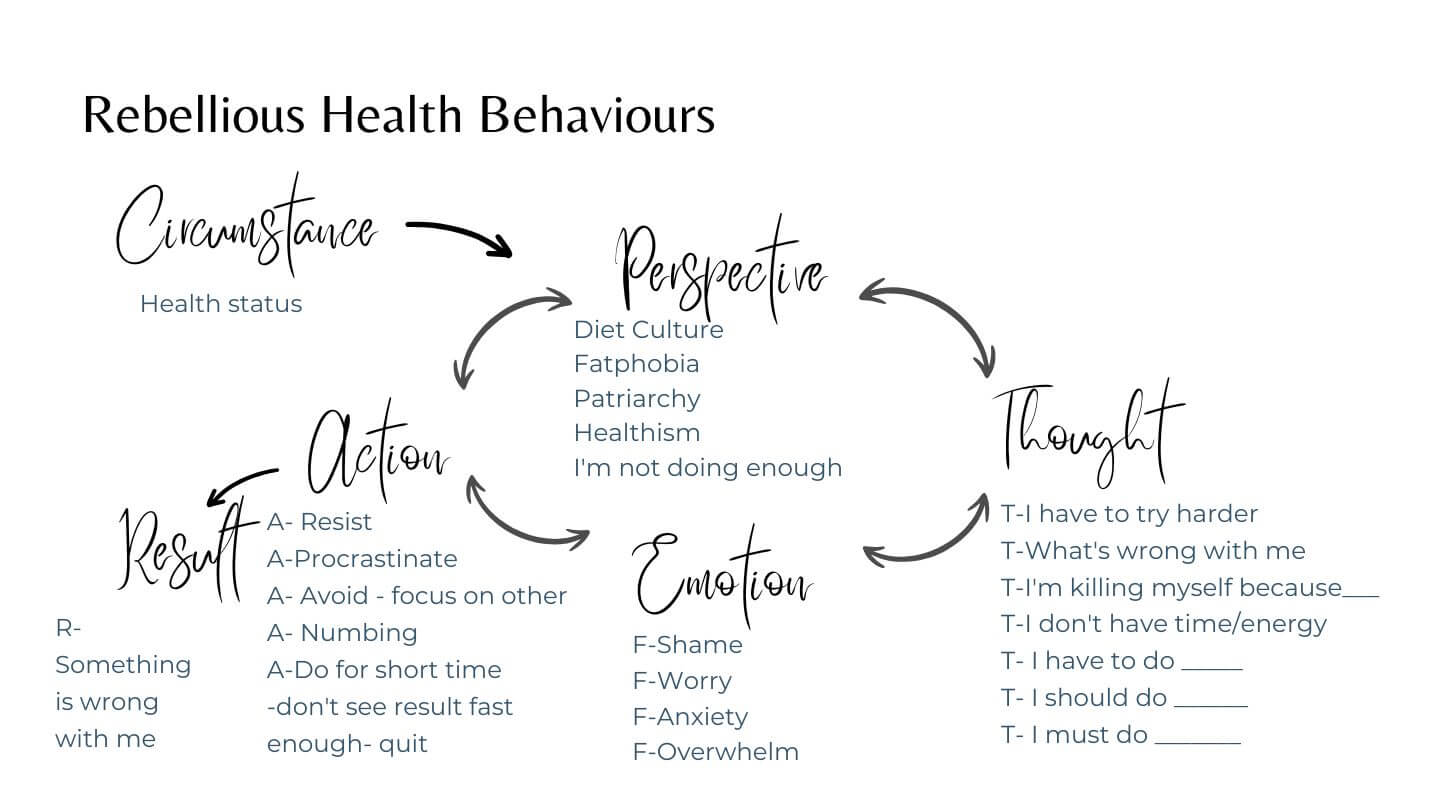

This image illustrates how circumstance, perspective, thought, and emotion create action and result—a core concept in behavioral coaching.
How Do I Help Clients Change Without Trying to Fix Them?
If you’re used to being the expert, this shift can feel uncomfortable. But here’s the secret: You don’t need to have the answer. You need to create the space.
Try This Instead:
- Ask before advising. Get curious about your client’s story.
- Name the patterns you hear. Gently reflect distorted beliefs.
- Normalize struggle. Let clients know it’s okay to have resistance.
- Co-create new definitions of health. Ones that aren’t rooted in control or shame.
For more tools, check out these questions to ask for eating behavior change.
This is not about giving up your skills as a coach. It’s about refining them so they actually work—without reinforcing harm.
The Role of Safety and Compassion in Behavior Change
No real change happens without emotional safety. Your client must feel safe to:
- Struggle
- Get it “wrong”
- Be seen and heard in their full humanity
Likewise, compassion is not a “nice-to-have.” It’s essential. If your client only feels worthy when they “succeed,” the change won’t last.
Our job is to model unconditional compassion and create the safety they need to explore, fail, and rebuild.
Ready to Coach Without the “Fix-It” Mindset?
You can access all of our services on our work with us page. We have a number of programs and service levels enabling us to serve most women:
Free Resources and Masterclasses: Get started and get to know us better!
Private coaching with Stephanie and her team Stephanie and her team of Certified Non-Diet Coaches are waiting to support you in a one-to-one setting with an individualized plan.
Non-Diet Coaching Certification for professionals ready to integrate the Going Beyond The Food Method™️ in their practice and for women wanting to become a Certified Coach and build a business coaching other women beyond the food.


